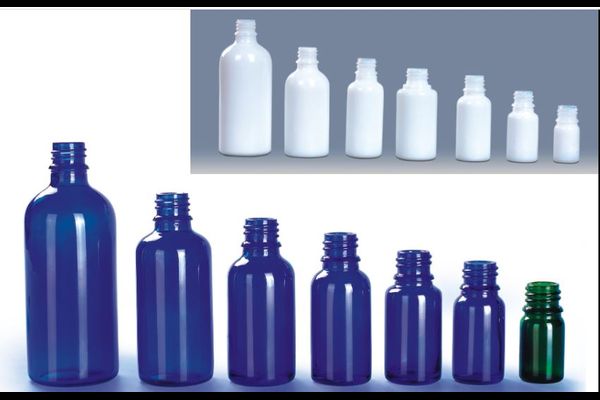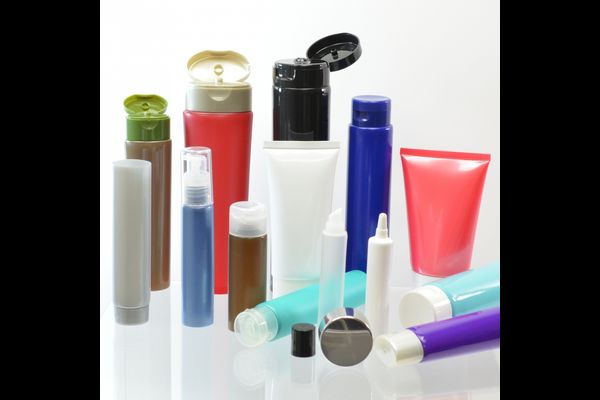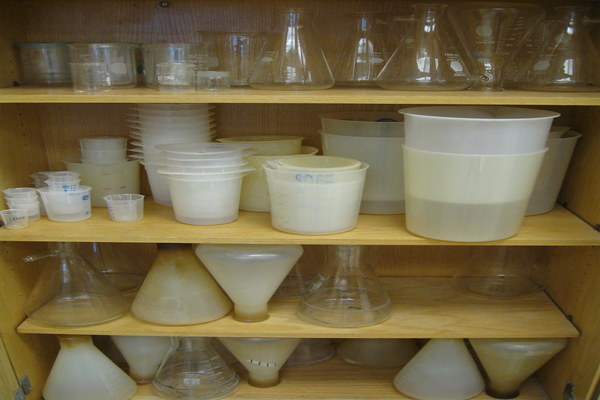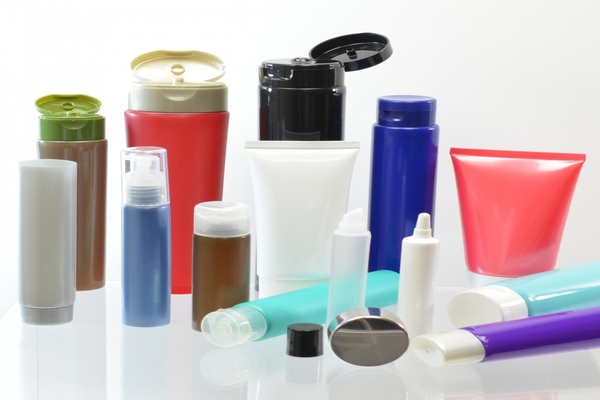An increasing number of businesses are buying overstocked bottles and jars wholesale due to the considerable savings on labor costs and production overheads when compared to manufacturing them indigenously. Here’s a curated list of some of the most frequent kinds of bottles and jars that you can buy from us in bulk at the most competitive prices
Bottles
Plastic Bottles
When it comes to purchasing surplus bottles wholesale prices online, plastic bottles tend to be one of the most sought-after articles. These are generally utilized for storing conditioners and shampoos. These plastic bottles are manufactured from polyethylene or PE, glass, and polyethylene terephthalate or PET in various appealing shades, such as white, natural, blue, transparent, light amber, and green. The most common designs for plastic bottles include Boston round, oval, and cylinder round.
Glass Bottles
Overstocked glass bottles are available in numerous styles and shapes, including Boston rounds, rectangular glass, and cylinder rounds. They’re usually used for aromas, nail polishes, diffusers, lotions, serums, and various other cosmetic, pharmaceutical, and personal care products. Some of the most popular colors for glass bottles are green, transparent, and amber. Cap options can range from screw, child-resistant, cork, and much more.
Metal Bottles
Surplus aluminum bottles offer a sense of quality as well as class and could prove to be an excellent upgrade from their plastic peers. As most of them are available in 24/410 neck finish, it might be possible to use lotion pumps and sprayers with precisely the same neck specifications across a wide range of sizes by simply altering the length of their dip tube. They’re typically suitable for hot stamping, silk screening, labeling, spray coating, and more.
Plastic Pharmaceutical Packers
Being manufactured from thermosetting or thermosoftening plastics, overstocked containers for pharmaceutical goods storage, these don’t break easily. These are also light-weight and non-toxic. Furthermore, they’re corrosion-resistant and chemically inert, can be molded or remolded sans any significant hassles, collapsible, come with excellent finishing, and can also be produced with a nominal investment.
Glass Vials
Surplus high-quality glass vials are often manufactured from borosilicate glass and commonly used for packaging medication, perfume samples, essential oils, tiny beads (and other craft materials), and chemical apparatuses in laboratories and schools. They come in different shapes, such as tall, square, round, and are typically available in shades like amber, blue, and green to minimize the penetration of harmful ultraviolet rays present in the environment.
Jars
Plastic Jars
When it comes to purchasing surplus jars wholesale online, Overstocked plastic jars for packaging cosmetics, such as hair gels, glitter products, and lips balms come in two key variants, namely, single wall and double wall. They’re made of polypropylene or PP, high-density polyethylene or HDPE, polystyrene or PS, and PET. The last one is offered in a varied range of colors, such as dark green, amber, transparent, and cobalt blue.
Wide Mouth HDPE Jars
Wide mouth HDPE jars are generally utilized to package and transport medicinal tablets and capsules, chemicals, cosmetics, and foods. They can be filled and emptied with great ease because of their characteristically wide mouth. They also offer an impeccable combination of rigidity, long-term serviceability, strength, and durability.
Glass Jars
Overstocked glass jars are ideal for packaging personal care items and premium cosmetics, available in finishes like transparent, frosted, and amber. They can be customized by spray coating to suit any Pantone Matching System or PMS color and the provision of silk screen are also available. Half-, one-, and two-ounce glass jars are best suited for eye creams, night creams, and day creams respectively.
Contact Us Today for Surplus Bottles and Jars at Wholesale Rates
Get in touch with our friendly customer support now to let us know your requirements and place your order with us for overstocked bottles and jars at wholesale prices.



